Chrysanthemum santini, varieties, features of care and reproduction, possible diseases

Among the variety of flowers that can be purchased, chrysanthemums occupy a special place.
One of the most notable species can rightly be called the Santini chrysanthemum with all the variety of its varieties.
Content:
- Chrysanthemum santini: description and photo
- Catalog, plant varieties: yin-yang, braunser, chrissy, country, doria
- Features of reproduction
- Features of care
- Common diseases in chrysanthemums and how to combat them
Chrysanthemum santini: description and photo
For the first time this short one type of chrysanthemum appeared thirty years ago.
The plant does not differ in growth height and large inflorescences; it is grown mainly for subsequent cutting. In gardens it is often planted as border decoration.
Characteristic features of the species include:
- Small flowers, up to 5 cm in diameter. There can be up to thirty pieces on one branch;
- Depending on the variety, the buds may differ in appearance;
- Flowers often have different shades of the core and petals. So there are white, pink and even green petals with a yellow or black core;
- The shape of the flowers varies depending on the variety. May resemble a daisy, a ball with double or semi-double petals;
- The foliage shape varies from very narrow to more aster-like;
- The bush has a branched structure.
Santini tolerates winter cold well, but in particularly harsh winters this perennial needs shelter. The plant is unpretentious, but periodically it is recommended to trim the bushes to form them.
Catalog, plant varieties: yin-yang, braunser, chrissy, country, doria
Currently, there are more than a hundred varieties of Santini, which differ in size, shades, and shape of the petals.
The most popular varieties include those listed in Table 1.
| Chrysanthemum variety Santini | Description and characteristics |
| Doria | A spherical variety with green cores and pink petals with a purple tint; |
| Braunser | Outwardly it resembles a chamomile due to its snow-white petals and yellowish-green core |
| Yin Yang | The core of this variety is dark purple, the petals are snow-white |
| Country | You can recognize the variety by its amazing, lush green color of lush flowers in the shape of a hemisphere. |
| Chrissy | Distinguished by the pink tint of the petals with a yellowish-green core and small buds |
Despite the fact that these are varieties of the same plant, they are strikingly different from each other.
In this variety it is simply impossible not to find something that suits your taste.
Features of reproduction
Since this species was bred by hybrid means, species characteristics can only be preserved if vegetative propagation by cuttings or dividing a bush.
For cuttings you need:
- Cut the cuttings and place them in a container with moist soil or nutrient mixture;
- Provide a stable temperature of 20-22? C and a stable humidity of 80% for a week;
- Don’t forget to water systematically to speed up rooting;
- When roots form, plant them in open ground.
Another method of propagation is mechanical division of the bush. To carry out the procedure, you need to dig up the bush during flowering and, using a sharp knife, divide the rhizomes into parts.
It is recommended to replant immediately into the ground.
There are other methods of propagation, but only the vegetative method guarantees the preservation of varietal characteristics. In addition, these are the easiest methods of reproduction.
Let's watch a useful video about propagating chrysanthemums by cuttings:
Features of care
Despite the fact that these are frost-resistant plants, it is recommended to plant them after the final frost has subsided.
The optimal time for landing is May. Before you begin preparing the site, you need to make sure that the soil on it is loose and there is no stagnation of water, which could lead to rotting of the root system. Ideally, the soil should have a high level of fertility.
Before planting directly, it is recommended to thoroughly loosen the soil and fertilize it with organic matter. And ideally, it is worth providing a drainage layer, especially if the soil is excessively watery.
As a layer of drainage, which must be placed in the holes at a depth of 45 cm, you can use fragments of ceramics, pebbles or broken bricks.
On top of the drainage layer it is necessary to place a layer of soil on which the plant will be located.
In addition to the soil, it is important to pay attention to lighting.
So, for ideal development of chrysanthemums, daylight hours should last from 14 to 18 hours. Given this fact, it is not recommended to plant them in shaded areas; the plants need a sufficient amount of light energy.
In addition to light, it is important to pay special attention to air temperature.In an open area, it is important to select places protected from drafts.
Lush flowering should be expected only with sufficient heat.
In addition, you should not forget about watering, since santini love moisture very much.
So watering should be:
- Moderate but constant, once every two to three days;
- Abundant watering can only be done within two days after direct planting in open ground for quick rooting;
- During the budding period, it is recommended to reduce the frequency and volume of watering;
- It is important to never allow water to stagnate. This negatively affects the condition of the root, causes the formation of rot and increases the risk of subsequent death.
Another important detail that should not be forgotten is feeding.
To support the health and normal development of Santini, it is necessary to add:
- Potassium - during the formation of foliage;
- Ammonium nitrate during the formation of the first leaves, stem and root system;
- Mixtures with potassium and phosphorus during flower formation.
After the petals acquire color, no additional fertilizing should be applied. In some cases, with proper care, the bushes do not even need to be trimmed; they themselves form a rather spectacular shape.
Despite the fact that chrysanthemums are fairly winter-hardy representatives of the flora, in regions with frosty winters, it is recommended to cover them. To do this, you can use a layer of spruce branches or mulch.
In some cases, bushes can be planted in pots and placed indoors for subsequent planting in open ground.
Santini chrysanthemums are not capricious and do not require complex care procedures. If you follow the minimum rules, abundant flowering and lush growth of this small shrub will not take long.
Let's watch a video about the features of caring for Santini chrysanthemums:
Common diseases in chrysanthemums and how to combat them
Santini is a resilient plant with a high level of immune system defense. However, even despite this, the chrysanthemum suffers from both pest attacks and damage.
Common problems that gardeners may encounter when caring for Santini include those listed in Table 2.
| Problem | Causes | How to fix the situation |
| Pests (aphids, leafminers, slugs) | If a flower is damaged by pests, it is recommended to immediately destroy the damaged areas and treat the bush itself with insecticides. Ideally, it is recommended to replace the top layer of soil or transplant the bush to a new location | |
| Root rot | Develops as a result of stagnation of water in the soil | To prevent the development of this pathology, it is recommended to regulate watering and, before direct planting, lay a drainage layer |
| Fungal infections | Develop as a result of insufficient air permeability, excess nitrogen or high acidity | You can cope with the problem by treating the affected specimen with fungicides |
In order to prevent the development of such problems, it is recommended to systematically treat Santini. So two treatments per season with special protective agents will be enough.
Santini is a type of chrysanthemum that combines a large number of varieties with a wide variety of shapes. In addition to aesthetics, it is characterized by winter hardiness and unpretentiousness.

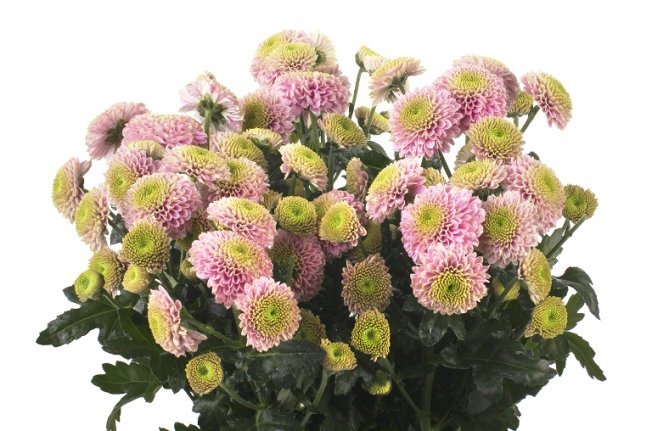
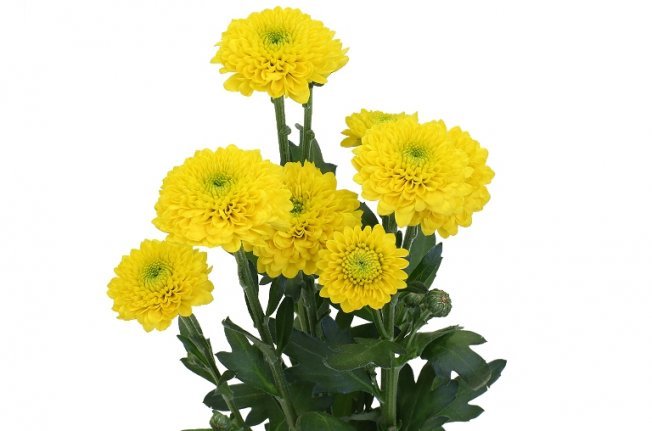
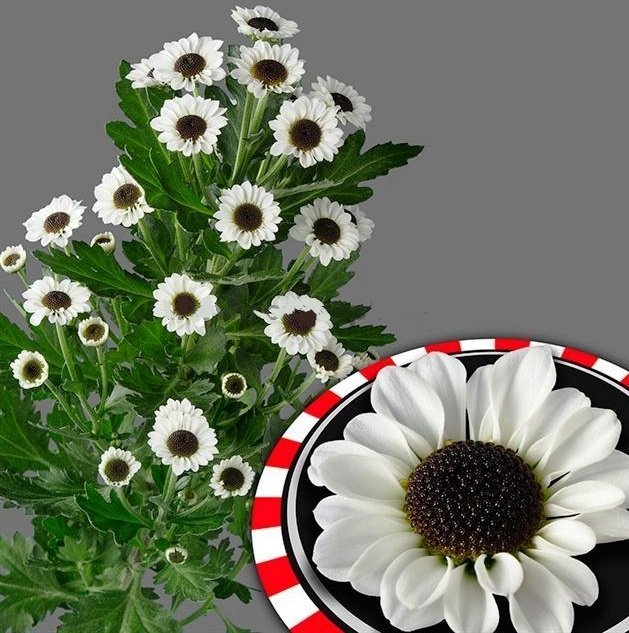
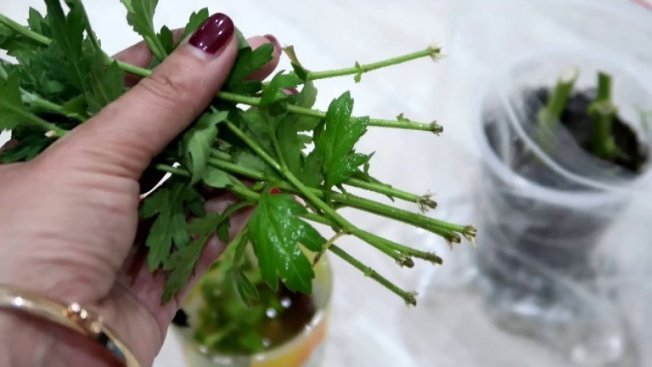
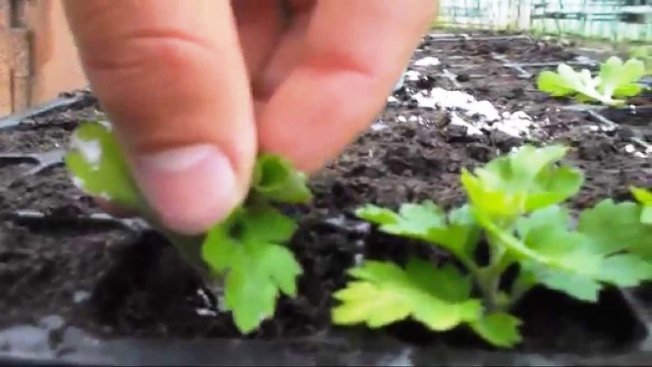

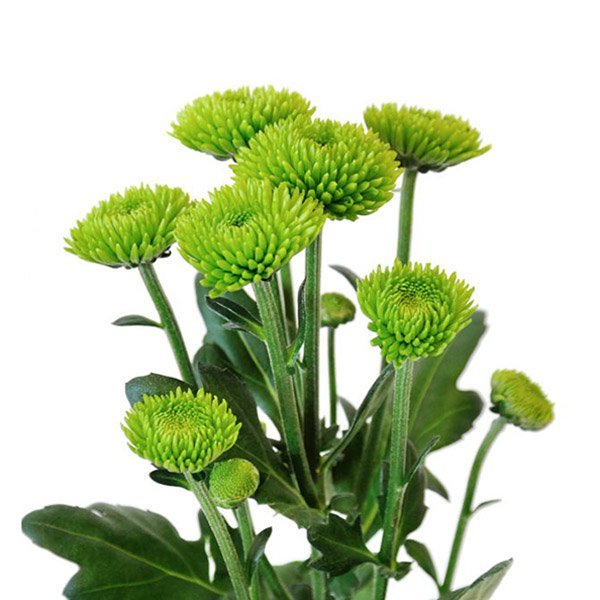
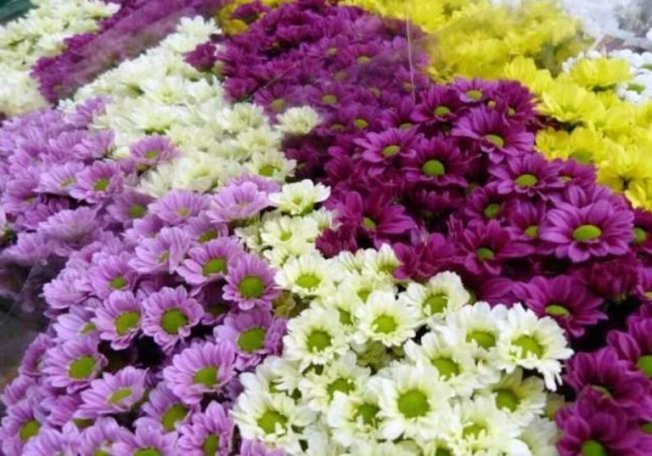
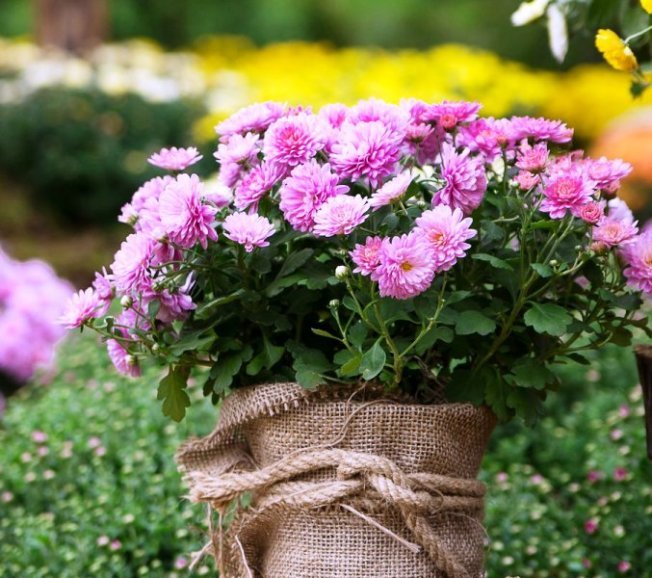


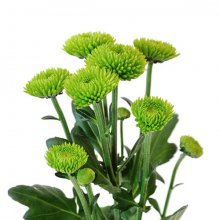
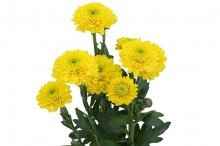


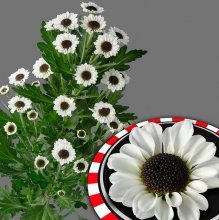

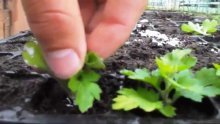

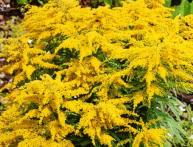
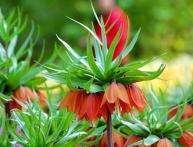


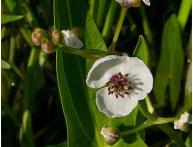
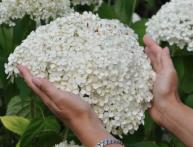
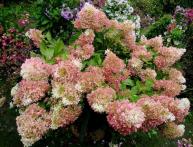
Comments
I love chrysanthemums and they always grow in my garden. This is truly an absolutely unpretentious flower and does not require special knowledge of care.I try to add some new species every year and it’s not difficult, since such variety is unlikely to be found in any other flowers. The aroma is not bright and not intrusive, so it will also suit allergy sufferers.